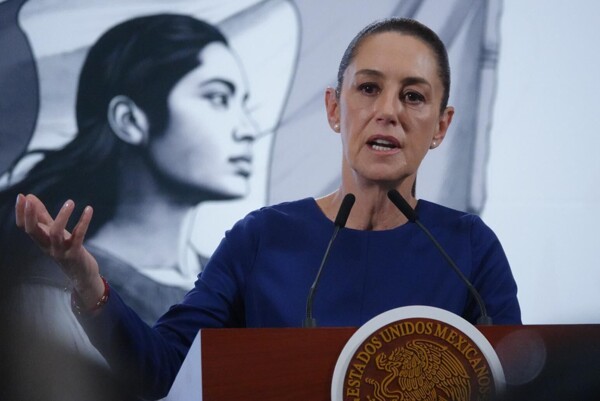The Development Bank of the region (CAF) alerted that the public spending conducted by the Government of Mexico amounts to only 22% of the country's Gross Domestic Product (GDP), a figure lower than the average of 28.3% observed in Latin America and the Caribbean. Countries like Brazil lead with public spending of 47.1% of GDP, followed by Honduras (22.7%), Panama (23.6%), among others.
According to the Economic and Development Report (RED) of the CAF, in Mexico, 15.1% of national public spending is executed at the central level by the Government and its state secretariats, while the remaining 6.9% is allocated at the regional and local levels, that is, through municipalities and localities.
Regarding financial autonomy, it is noted that the majority of Mexican federal entities rely on federal resources to carry out infrastructure works, except in cases like Mexico City and a few states. Fund transfers are often linked to specific purposes, such as financing basic infrastructure in areas of extreme poverty.
Guillermo Alves and Gustavo Fajardo, economists at the CAF, highlighted the disparity in the autonomy with which subnational governments manage public investment in Mexico, where states and municipalities are responsible for the formulation, evaluation, execution, and operation of investment projects.













